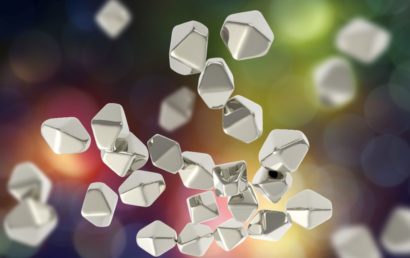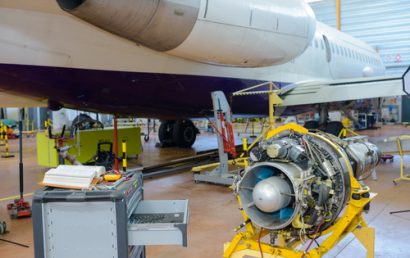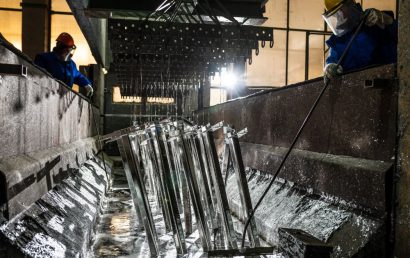Different Ways Of Surface Modification
Modern technology is constantly evolving. What was “the best thing since sliced bread” yesterday is old hat and outdated today. The same can be said for surface modification. What worked well yesterday is being outdone by something that was developed today. What’s developed today will be outdone by new and improved methods and materials still to be realized. All of that said, let’s take a look at several types of surface modification that are currently available to businesses and industries.
Resurfacing
Why alter the surface of a part, component, or general area? There are numerous reasons to alter the surface of something, dependent upon what it is used for, what conditions it is used in, budget, the need for rebuilding, and much more.
A metalworking process referred to as resurfacing and metal rebuilding is a process through which a precise material is fused or sprayed onto a metal component’s surface in order to restore it to its original condition, increase wear, or increase resistance. Ideally, the value and performance of an item are improved through resurfacing.
As an example, components manufactured from nickel-based alloys, cobalt-based alloys, copper-based alloys, magnesium and stainless steel, or cast-iron can benefit from a hard facing material overlay. If they need to be upgraded or have become worn, this is an excellent solution.
Resurfacing Materials
The composition of a component will determine the type of material that should be applied. Specific overlays are required by different base metals. Metal rebuilding (resurfacing) can benefit shafts, rolls, sleeves, anvils, and more.
Steel resurfacing can extend the life of compressor rotors, mill hammers, plungers, boiler tubes, wear rings, and numerous other metal components.
Let’s move on to surface modification types.
Physical Vapor Deposition
The technique of vaporizing a liquid or a solid (a material source) into a gas is referred to as physical vapor deposition. Included in physical vapor deposition techniques are ion plating, sputtering, and evaporation. This method is utilized in the preparation of compound films and metal films.
Thermal Spray
Spray material is heated through the use of a specific heat source in the thermal spray process. Once a flowable state is reached by the spray material, a flame flow accelerates it. After this, it is sprayed onto a pretreated substrate’s surface. Specific coatings have precise functional characteristics, as do different methods of thermal spray.
Laser Cladding
Combining metal heat treatment technology and laser technology, the surface modification technology of laser cladding is sometimes used. With this technique, a solid metallurgical bond is formed. The substrate’s performance will not be affected during laser cladding due to the minimal amount of substrate melting.
Electroless Plating
This surface plating technique is also referred to as auto catalytic plating. Under external force, it can co-deposit with other metal. Compared to coating without particles, this method obtains better mechanical properties.
Ion Implantation
This technology was developed back in the 1960s. Under low pressure and vacuum, into the surface of a metal, high-energy charged ions are rapidly injected with this technology. The newly formed, surface modified alloy forms a strong substrate/alloy layer bond. This technique has several advantages:
- The ion source can be either (specific) metal or non-metal ions
- Improves the surface’s oxidation resistance
- Improves corrosion resistance
- Is pollution free (environmentally friendly)
A&A Coatings is extremely familiar with all current day surface modification techniques and the materials used in those techniques. For decades, with our thermal spray processes, we have been assisting businesses with the improvement of their bottom line through reduced downtime and lessened maintenance costs. We can do the same for your business. Contact us today to find out how.



